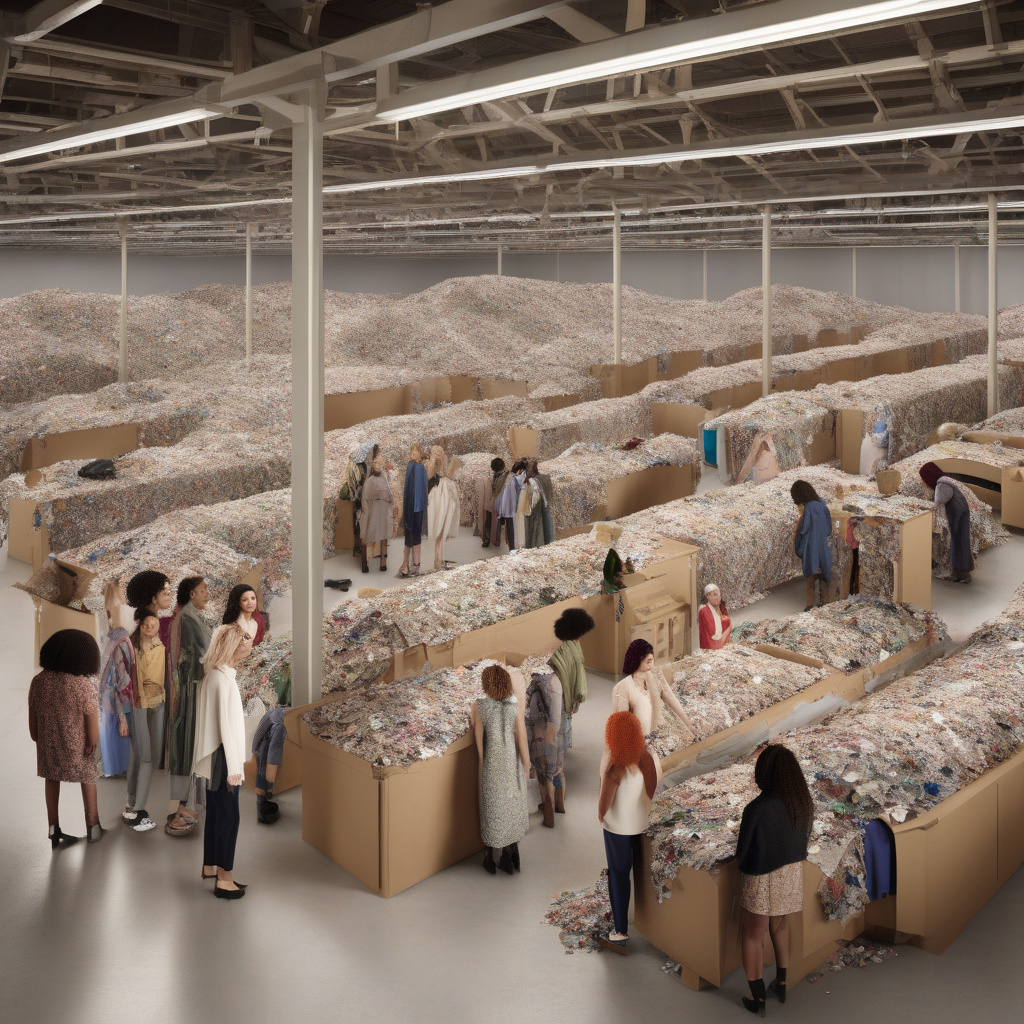Explainer: Can Big Fashion Make Recycling Work at Scale?
The fashion industry is notorious for its environmental impact, with fast fashion contributing to massive amounts of textile waste each year. In response to this growing concern, industry coalition ReHubs has put forth a bold initiative calling for billions of dollars of investment to establish industrialized textile recycling capabilities in Europe. This ambitious strategy aims to tackle the issue of textile waste head-on, but the question remains: Can big fashion make recycling work at scale?
While the idea of large-scale textile recycling is promising, there are several key challenges that must be addressed for this initiative to succeed. One major hurdle is the current lack of infrastructure for textile recycling on a mass scale. Most existing recycling facilities are not equipped to handle the complexity of textile materials, which often contain a mix of fibers, dyes, and finishes that make them difficult to process. Without significant investment in new technologies and facilities, scaling up textile recycling efforts will be a daunting task.
Another crucial aspect that needs to be considered is the logistics of collecting and sorting textile waste. Unlike other recyclable materials such as glass or plastic, textiles are often discarded in a haphazard manner, making it difficult to recover and recycle them efficiently. Big fashion brands will need to work closely with waste management companies and local authorities to set up collection systems that can capture textile waste effectively and channel it towards recycling facilities.
Moreover, consumer behavior plays a significant role in the success of textile recycling initiatives. Educating the public about the importance of recycling textiles and providing convenient options for disposal will be essential in encouraging people to participate in these efforts. Big fashion brands have a unique opportunity to lead the way in promoting sustainable practices and shaping consumer attitudes towards recycling.
Despite these challenges, there are reasons to be optimistic about the future of textile recycling in the fashion industry. Innovations in recycling technologies, such as chemical recycling processes that can break down textiles into their basic components for reuse, show promise in overcoming the limitations of traditional mechanical recycling methods. By investing in research and development, big fashion brands can drive forward the advancement of these technologies and make textile recycling more efficient and cost-effective.
In conclusion, the vision of establishing industrialized textile recycling capabilities in Europe is an ambitious yet necessary step towards creating a more sustainable fashion industry. While there are obstacles to overcome, such as infrastructure limitations, logistical challenges, and changing consumer behavior, the potential benefits of scaling up textile recycling efforts are immense. By working together and investing in innovation, big fashion brands have the opportunity to lead the way in making recycling work at scale and paving the path towards a more sustainable future for the industry.
recycling, fashion, sustainability, textile waste, innovation












